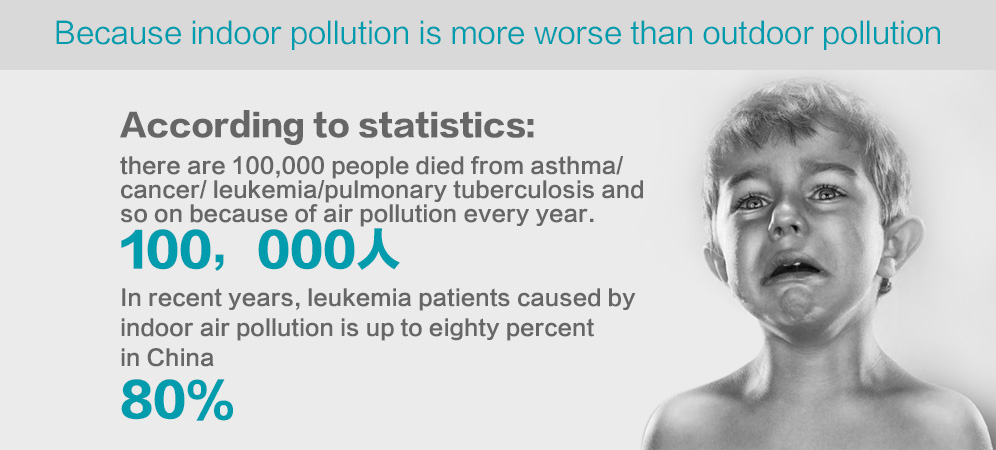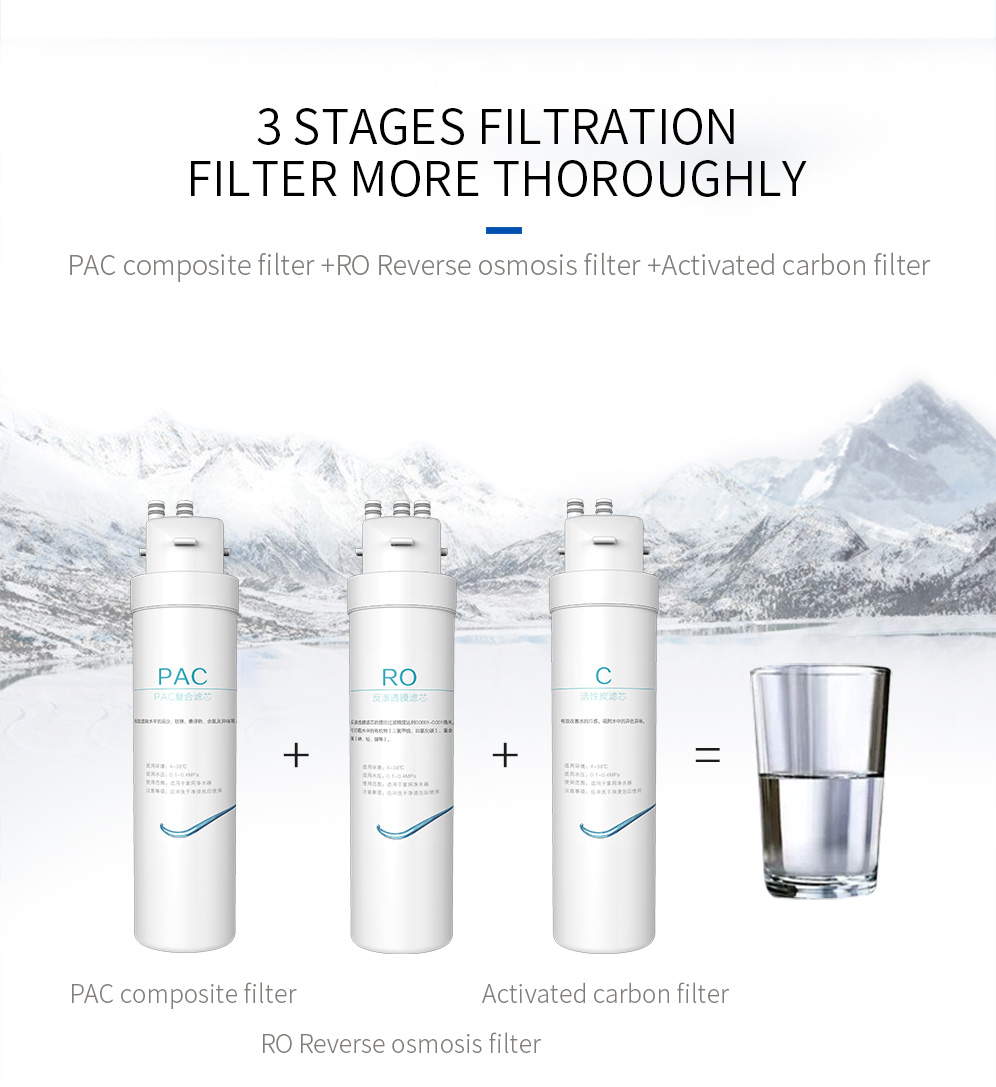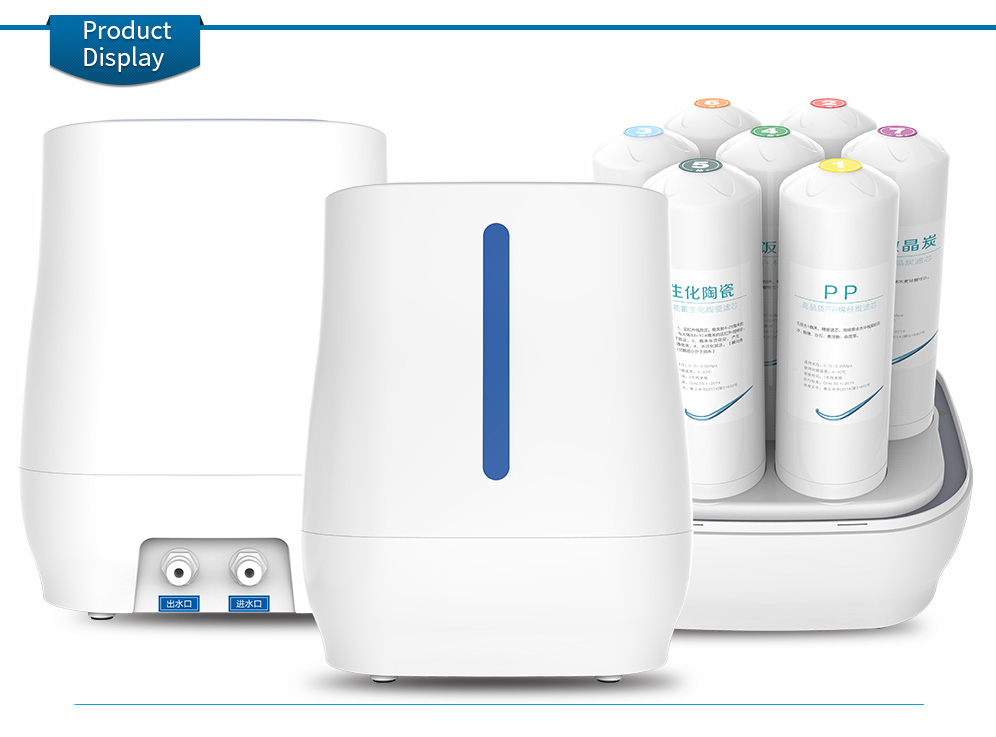What are the main pollutants in the air and what kind of harm will they cause to people?

One: The pollutants in the air are:
1. Carbon monoxide: It is a colorless, odorless and odorless flammable and toxic gas. It is a product of incomplete combustion of carbonaceous fuel. In high-altitude cities or cold environments, the problem of carbon monoxide pollution is more prominent.
2. Nitrogen oxides: mainly refers to nitrogen monoxide (NO) and nitrogen dioxide (NO2), most of which are derived from the high-temperature combustion process of fossil fuels. Nitric oxide is relatively harmless. But it is quickly oxidized by ozone in the air and blackened into nitrogen dioxide. Combustion of nitrogenous fuels (such as coal) and nitrogenous chemicals can also directly release nitrogen dioxide. Mobile emissions are generally one of the main sources of urban nitrogen oxides.
3. Ozone: It is a representative of ozone pollutants of photochemical smog. It is formed and enriched by a series of complex atmospheric chemical reactions under the strong sunlight by nitrogen oxides and hydrocarbons in the air. Although ozone in the upper stratosphere has important anti-radiation protection for Earth’s life, ozone at low altitudes in the city is a very harmful pollutant.
4. Hydrocarbons: Hydrocarbons in nature are mainly produced by the decomposition of organisms such as methane and ethylene. Methane has a stable structure and does not cause photochemical pollution. However, ethylene has a strong photochemical activity and also produces formaldehyde to irritate the eyes. Anthropogenic hydrocarbon emissions come mainly from incomplete combustion processes and evaporation of volatile organic compounds. Most of the hydrocarbon components are not harmful to human health but can lead to the formation of photochemical smog.
5. Sulfur oxides: mainly refers to sulfur dioxide (SO2), sulfur trioxide (SO3) and sulfates, such as burning sulfur-containing coal and petroleum. In addition, natural processes such as volcanic activity also emit a certain amount of sulfur oxides. Sulfur dioxide has an important impact on human health. Sulfur dioxide is highly irritating to the human conjunctiva and upper respiratory tract mucosa. It can damage bronchial tubes and can cause bronchitis, pneumonia, and even pulmonary edema. The mortality rate of elderly or chronic patients with short-term exposure to sulfur dioxide concentration of 0.5 mg/m3 is higher than 0.25 mg/m3, which may worsen the condition of patients with respiratory diseases. People with long-term exposure to air at a concentration of 0.1 mg/m3 have increased respiratory symptoms. In addition, sulfur dioxide is likely to cause corrosion, peeling, fading and damage to metal materials, house construction, cotton-spun chemical fiber fabrics, leather paper, and other products. It can also make plant leaves yellow or even dead. According to the national environmental quality standards, the daily average concentration of residential areas is less than 0.15 mg/m3, and the annual average concentration is less than 0.06 mg/m3. And further, react with the water in the air to form acid-level pollution. Sulfur dioxide is a ubiquitous pollutant in cities. The sulfur dioxide in the air mainly comes from industrial production in thermal power generation and other industries, such as combustion of fixed-source fuels, production of non-ferrous metals, production of steel, chemicals, and sulfur plants, and emissions from small heating boilers and civil coal stoves. Sulfur dioxide is a colorless gas that is irritating and easily oxidized to sulfur trioxide under the catalysis of sunlight or some metal oxides in the air. Sulfur trioxide has a strong hygroscopicity and forms a sulfuric acid mist after contact with water vapor, and its stimulating effect is 10 times stronger than that of sulfur dioxide, which is also the main reason for the formation of acid rain. The inhaled sulfur dioxide in the human body mainly affects the respiratory tract. It quickly contacts the water in the upper respiratory tract, forming a strong stimulating effect of sulfur trioxide, which can impair the function of the respiratory system, aggravate the existing respiratory diseases, and produce a series of symptoms. Such as asthma, shortness of breath, cough and so on. Those most susceptible to sulfur dioxide include asthma, cardiovascular, chronic bronchitis and emphysema, as well as children and the elderly. When sulfur dioxide coexists with the following particles, the harmful effects are enhanced.
6. Particulate matter: mainly refers to liquid or solid matter dispersed in the air. Its particle size is in the grade of rice, and the particle size is about 0.0002-100 microns, including aerosol, smoke, dust, fog and soot. And many other forms. Particulate matter is a general term for soot and dust. There are natural sources such as sand and dust, volcanic eruptions, forest fires, and other particulate matter; there are also some sources of particulate matter, such as industrial activities, construction, garbage incineration, and vehicle exhaust. Since particulate matter can adhere to toxic metals, carcinogens, and pathogenic bacteria, it is more harmful. Particulate matter in the air can be further divided into dust falling, total suspended particulate matter and respirable particulate matter. Among them, inhalable particles can penetrate into the lungs with the respiration of the human body, producing toxic effects.
7. Mercury (Hg) and its compounds are highly toxic substances that can accumulate in the body. Mercury in the air migrates into the water body by leaching in the rain. The harm of mercury in the water body is mainly caused by headache, dizziness, numbness, and pain. Methylmercury in total mercury is easily absorbed by the liver and kidney in the human body, and only 15% of it is absorbed by the brain, but the first damage in brain tissue, and it is difficult to treat, often causing death or death for a lifetime.
8. Volatile Organic Compounds: This chemical includes benzene, formaldehyde, and 1,3-butadiene (Butadiene), which are formed by incomplete combustion of automotive fuels and evaporation of petroleum, oil, and lubricants. Even at low concentrations, it can cause cancer, cardiovascular disease, and liver and kidney dysfunction. They may also cause congenital malformations and infertility. Volatile organic compounds react easily with oxygen and other oxidants, releasing more dangerous toxins.
9. Lead: Enter the body through air, food, and water. It can also be attached to dust particles and stored in blood, bones and soft tissues. Lead can cause severe kidney disease, liver disease, nervous system diseases, and other organ problems. In addition, it can lead to psychological disorders, paralysis, and mental retardation, especially to children. For decades, lead has been entering the atmosphere through tail gas from leaded gasoline. In 2003, Russia banned the production of leaded gasoline, which led to a rapid decline in lead concentrations in the country’s atmosphere. Lead, like other heavy metals, can penetrate into plants, so people must be careful when burning leaves, because this very dangerous toxin may turn back and return to the air.
10. Toxic substances: Even if the air contains trace amounts of toxic substances, it will cause serious damage to plants and animals. The US Clean Air Act lists 188 species released by industrial equipment, 21 species released from automobile exhaust, and typical toxic compounds contained in 33 urban air. Most of these toxins can cause cancer or cause DNA damage. After they are attached to the surface of suspended particles, they are more harmful to humans and animals. It is found that gu is caused by toxic substances and can even be passed on to future generations. Smaller concentrations of toxic substances can only show toxicity in special circumstances. Toxin concentration is an important criterion for assessing the ecological environment.
Second: the adverse effects of air pollution on humans
1. Cause respiratory diseases;
2. The harmful substances in crops will increase, causing harm after eating;
3, causing people’s mental and emotional well;
4. Destroy local ecology and harm organisms in the area.
Contact us for more products and discounted prices
Helen:
+86 13922346046
info@olansiglobal.com
https://www.olansiglobal.com

